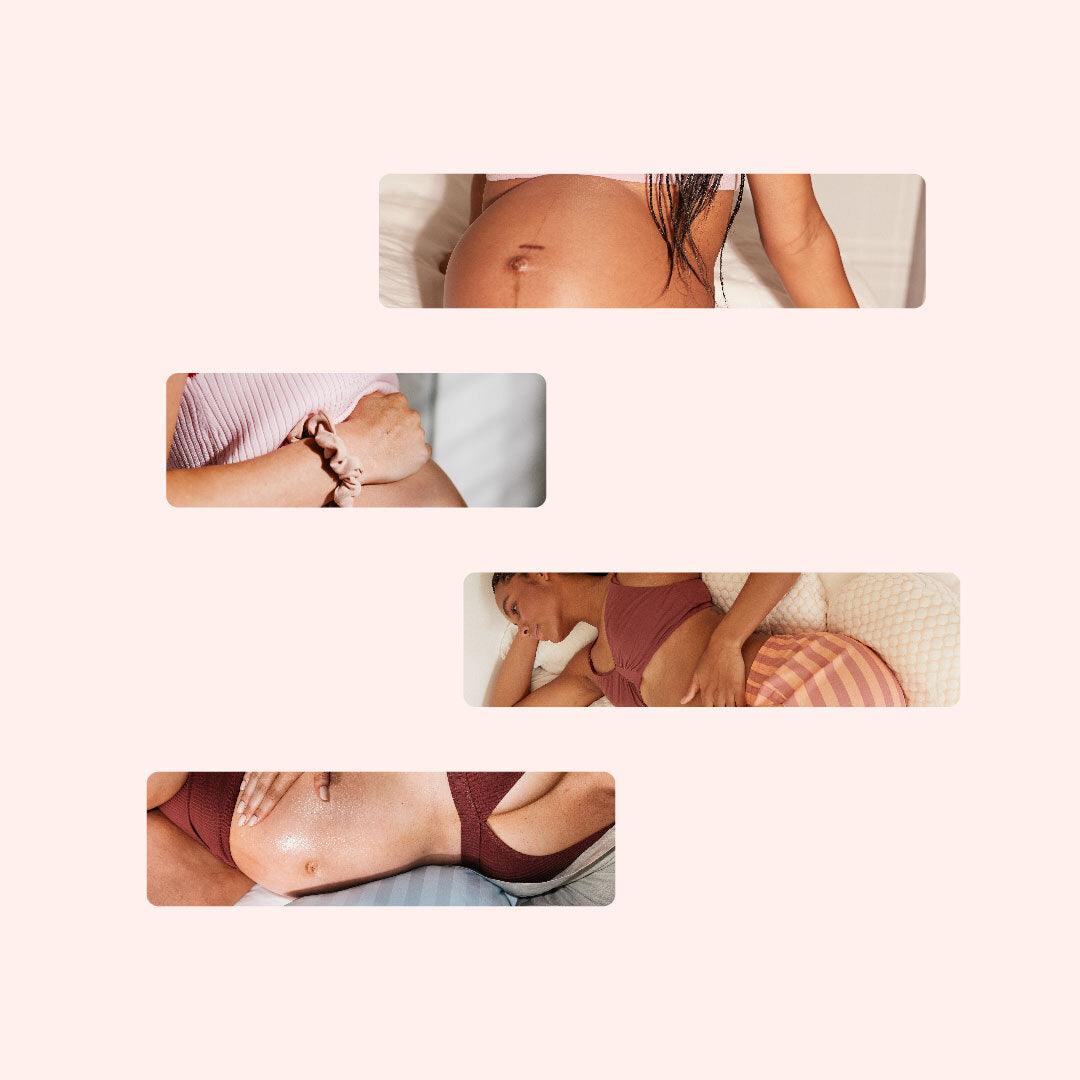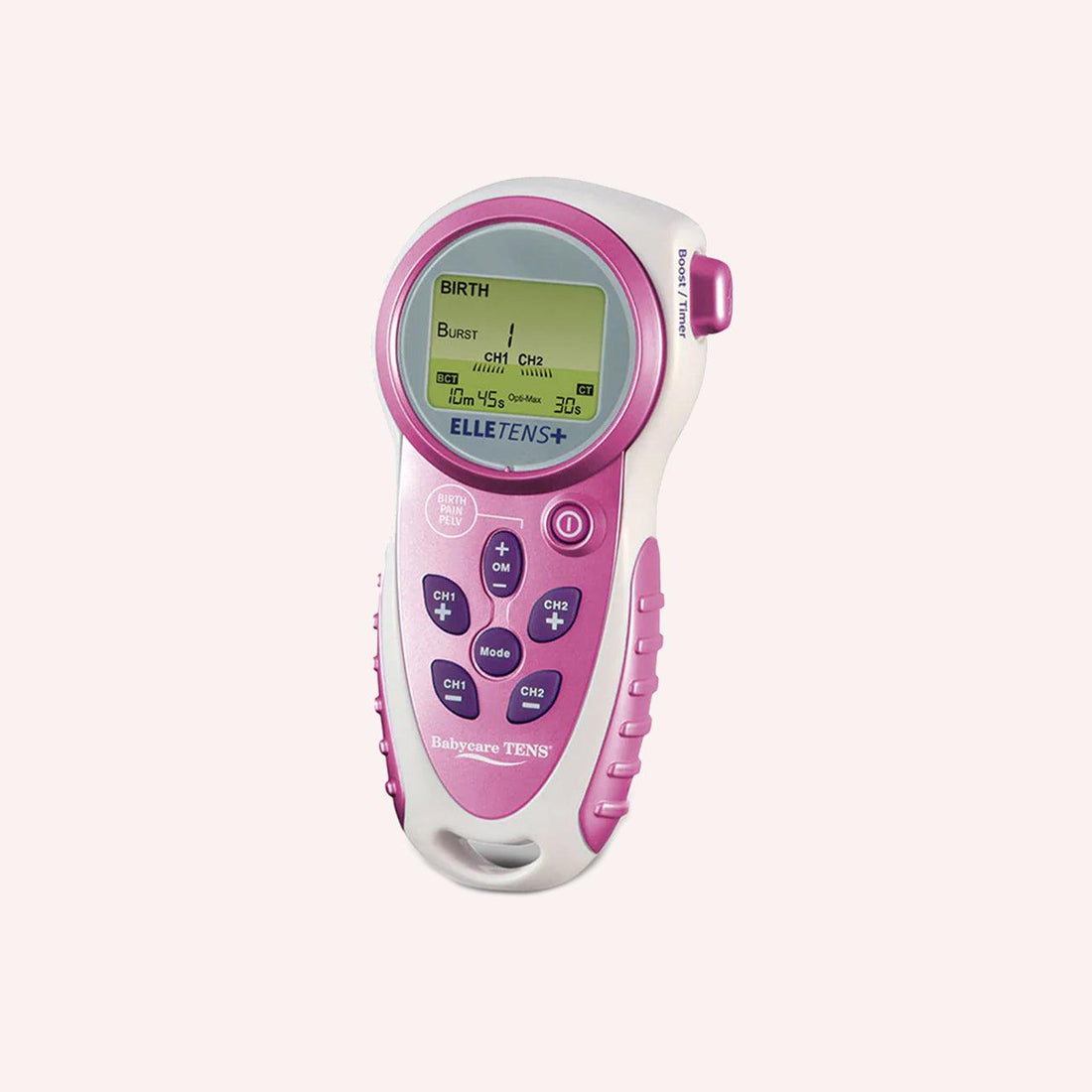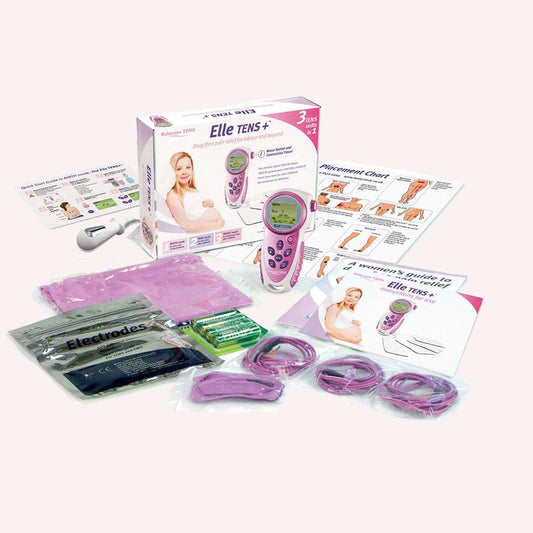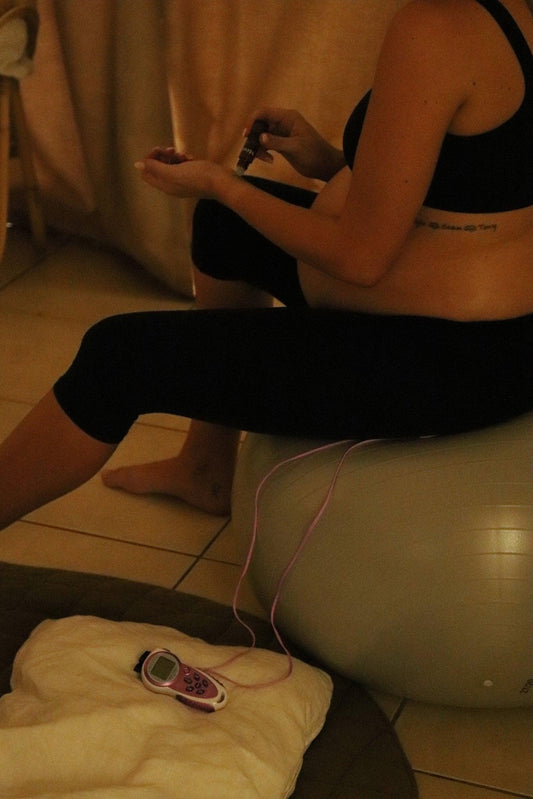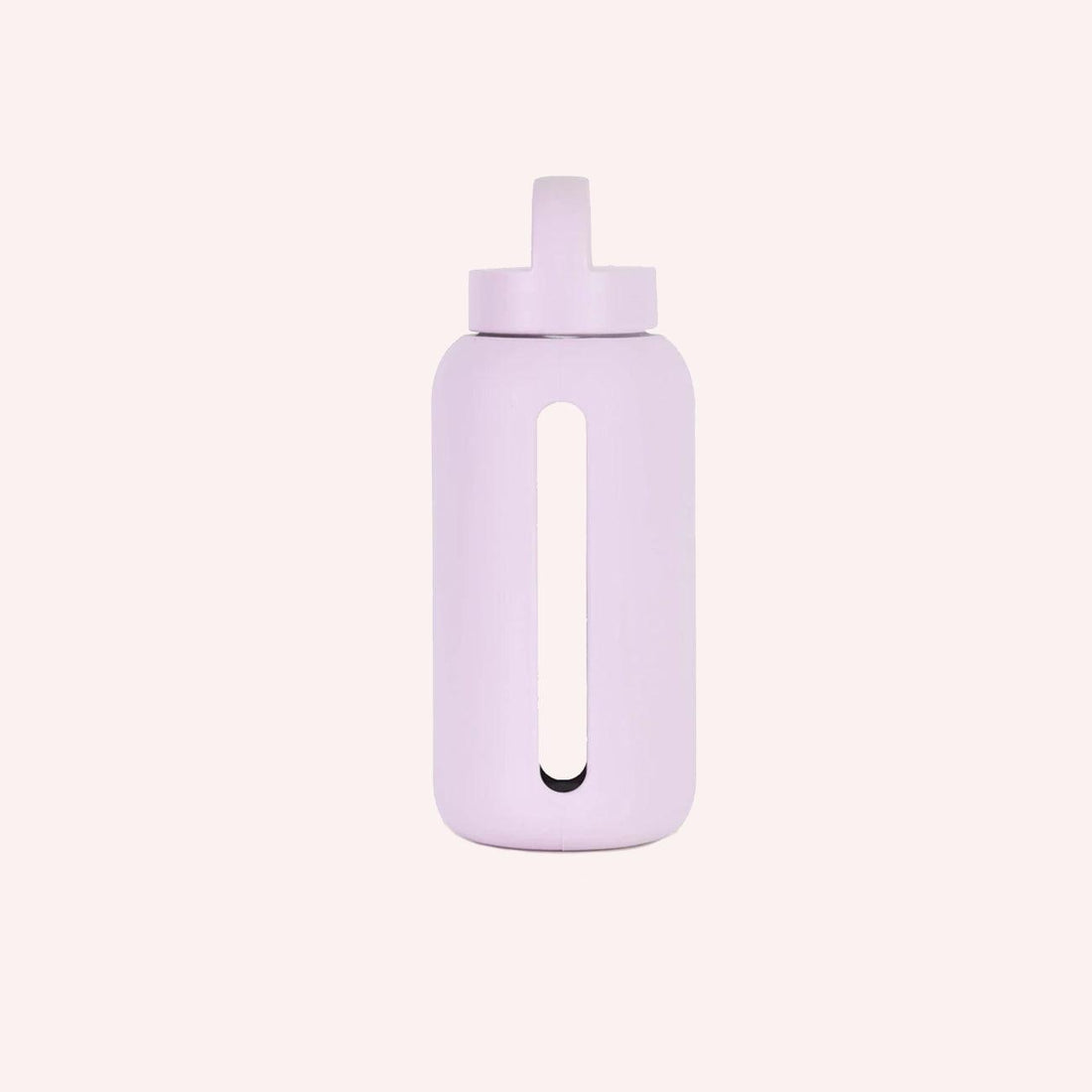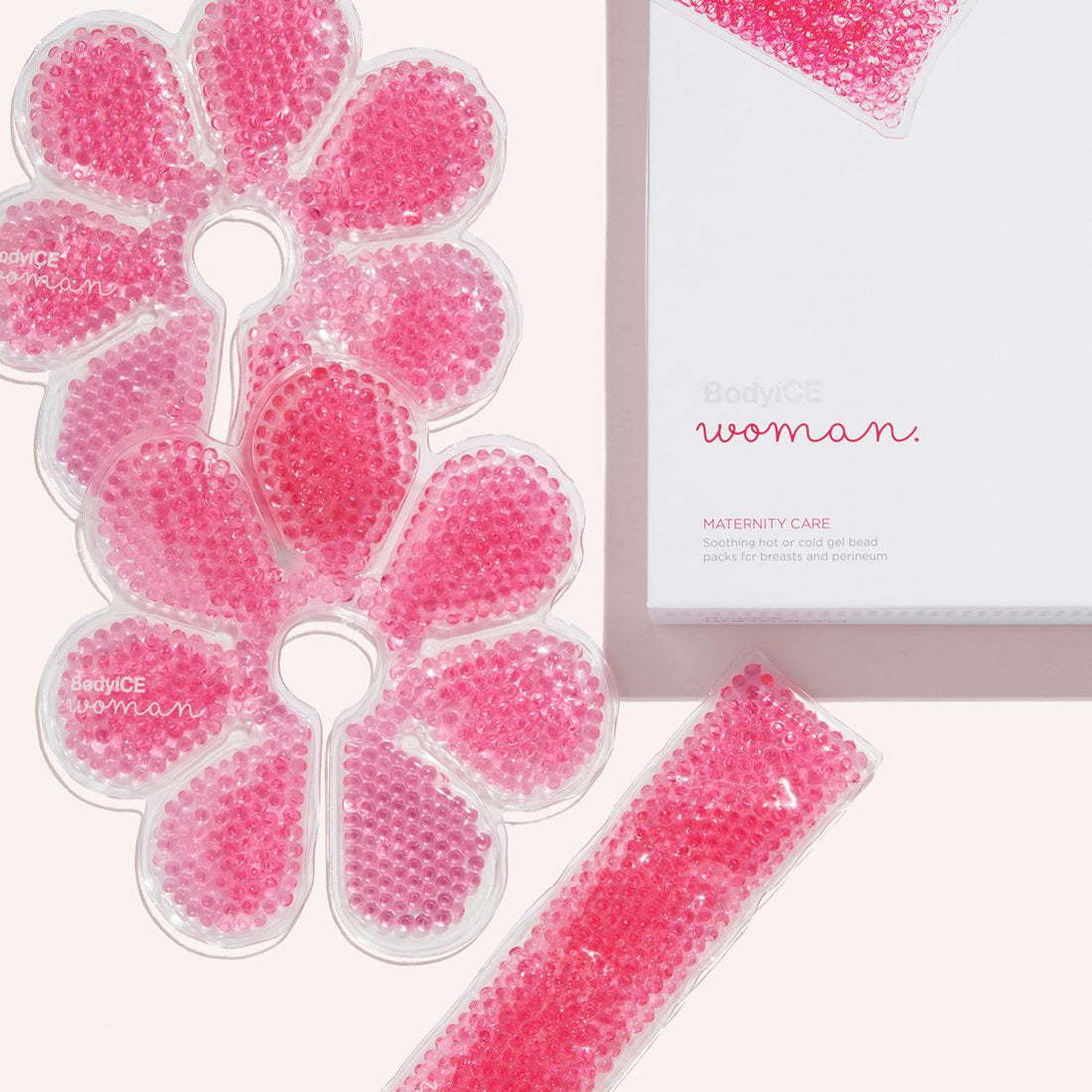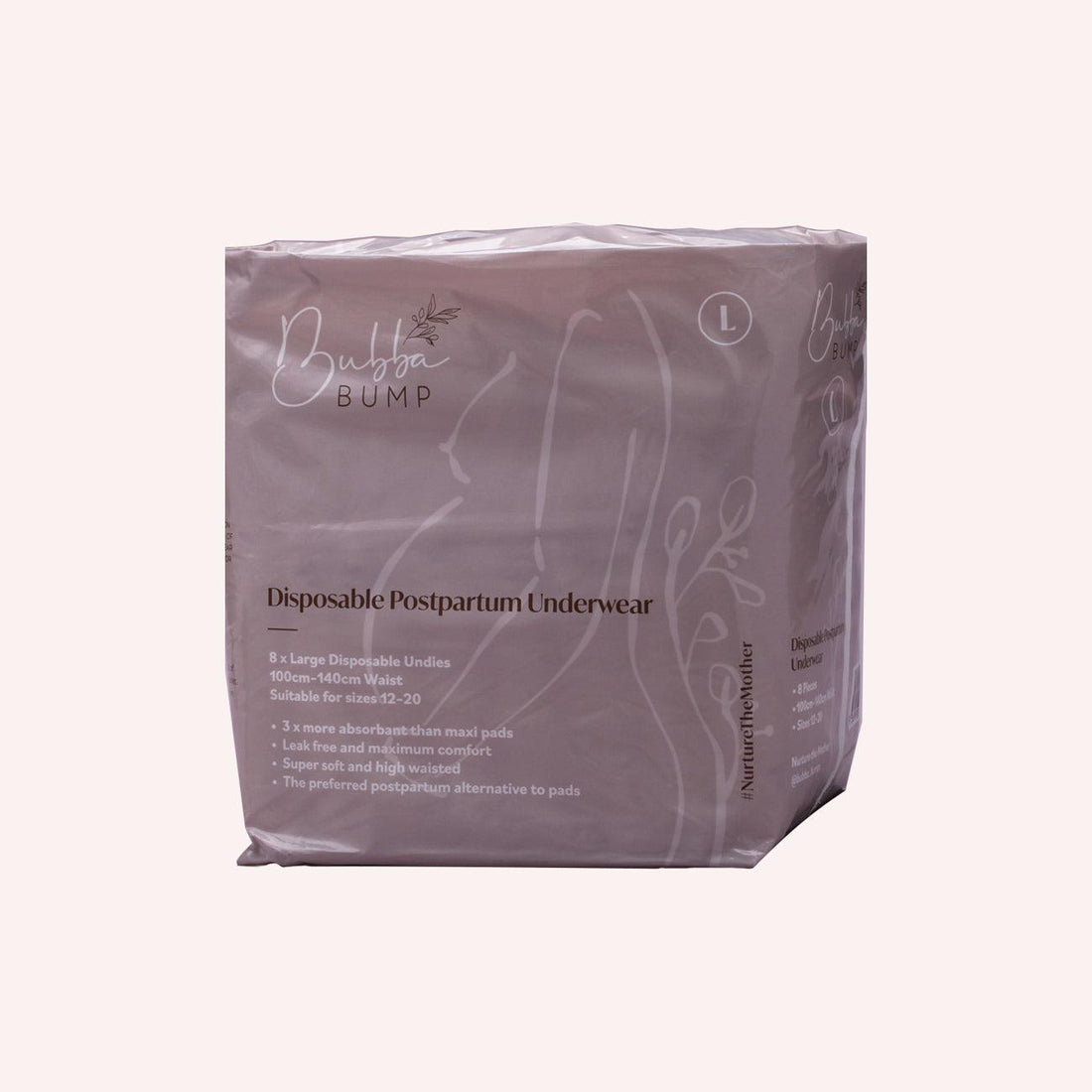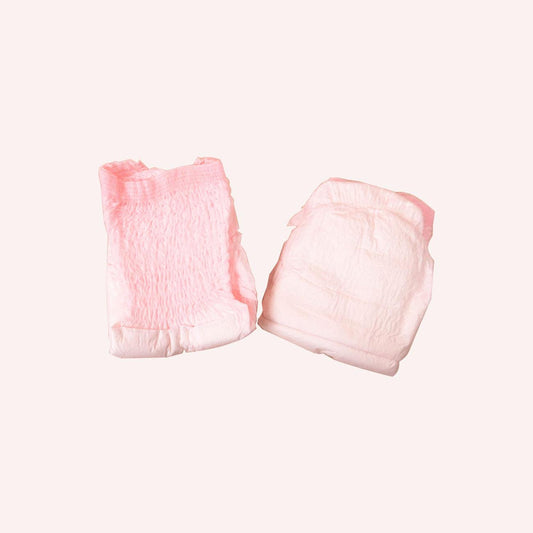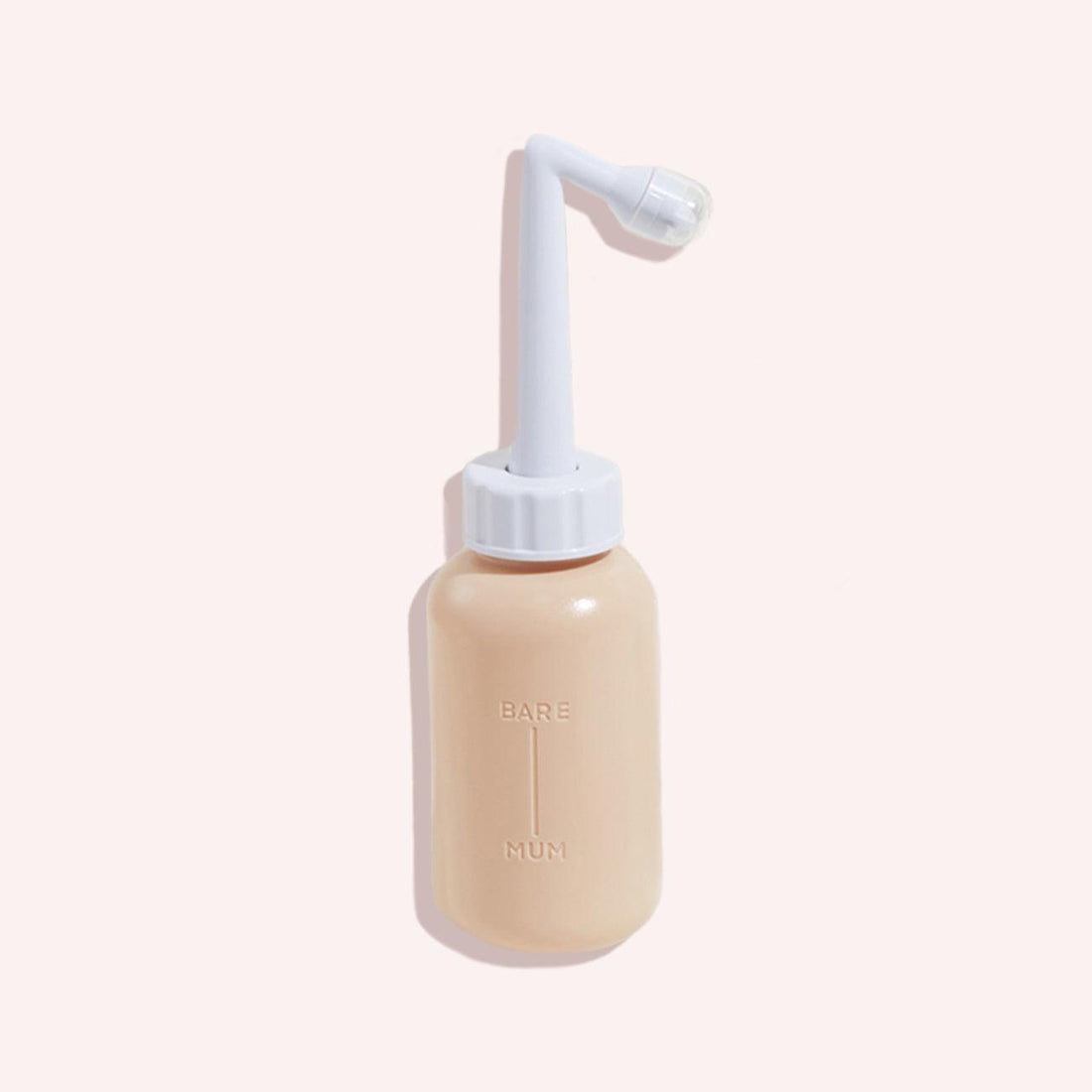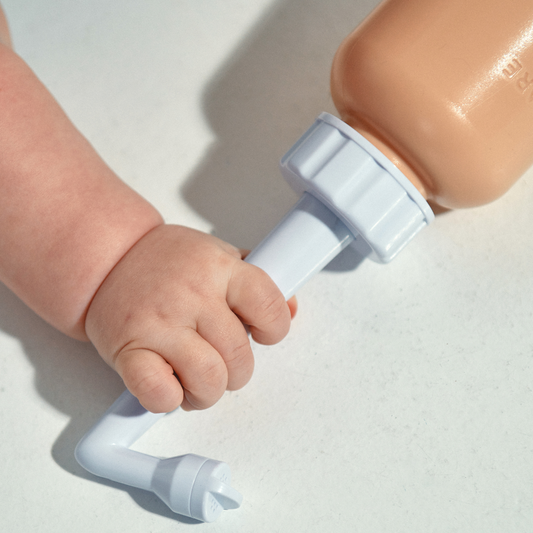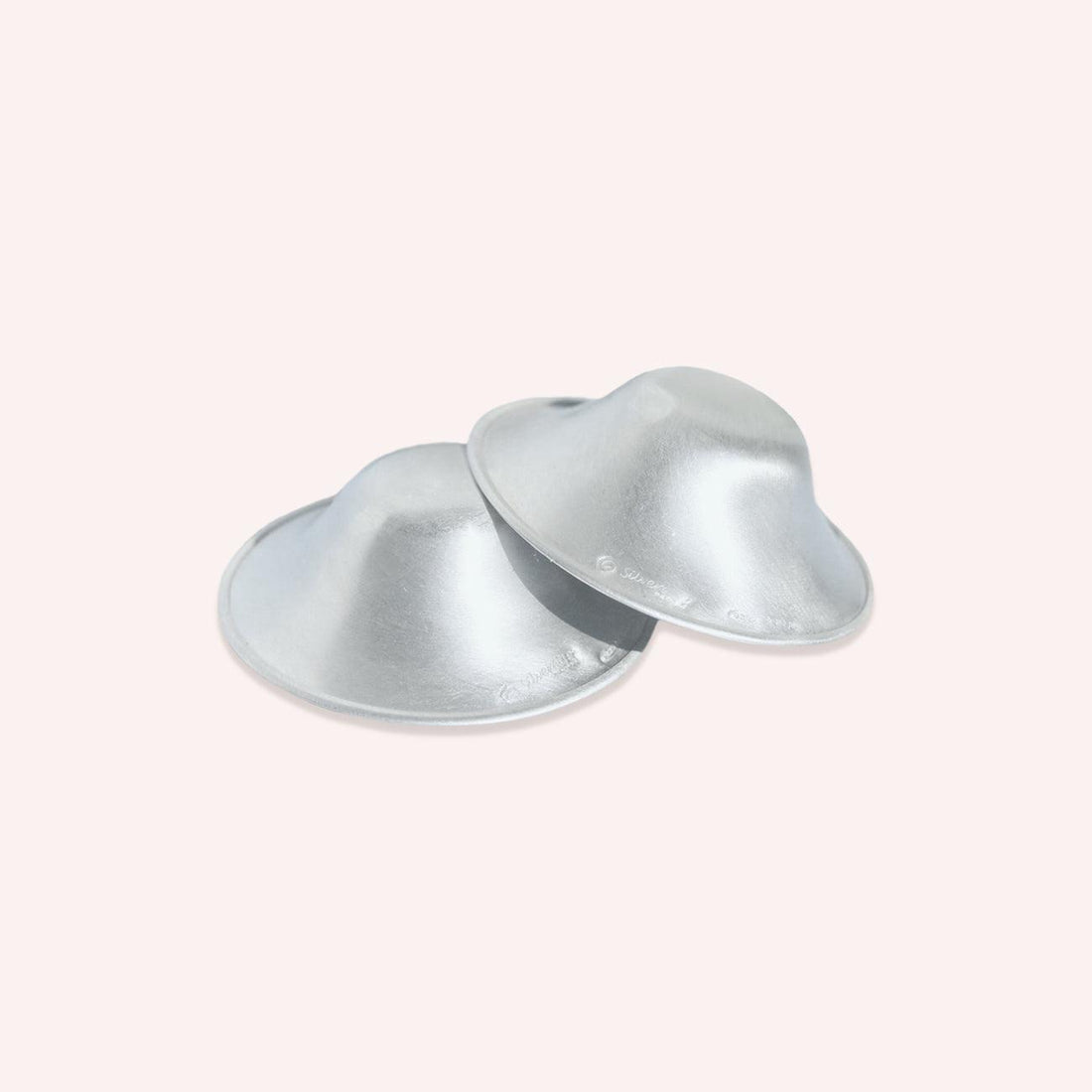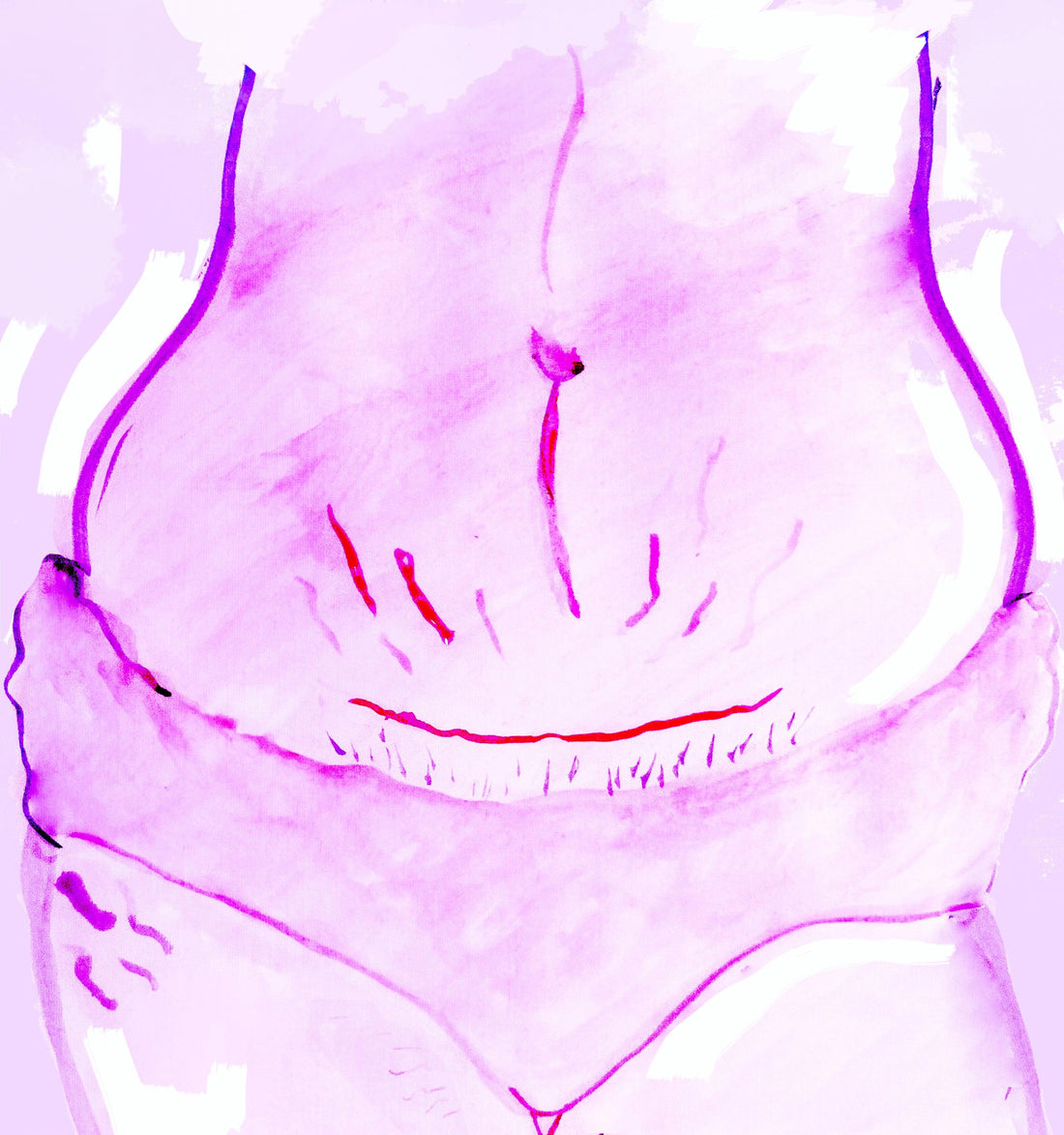Knowledge is power.
There’s a lot of assumed knowledge when it comes to pregnancy and labour. The medical professionals breathe it all day, every day, so they can take for granted that we might not have a sister or friend who’s told us every detail of birth. Even if we do, that’s just one person’s experience, and births are as unique as the babies born from them. Knowledge is power, so we asked our community what they wish they'd known about giving birth, before they were doing it.
An epidural usually means you'll birth on your back
"I didn't realise that if I had an epidural I would have to birth on my back! I'd done the hypnobirthing courses and was so ready to follow my instincts and was prepared to birth on all fours, but I also had a friend's voice in my head saying 'get the epidural early'. Like, duh, the epidural (which was amazing, btw) is an anaesthetic into the spine, so you know, not much moving going on after that." — Phoebe.
What to know:
An epidural is a spinal block that stops pain signals travelling from the spine to the brain. The anaesthetic is administered as a needle in the spine during labour to dull all the sensory information, so the birthing person can no longer feel pain in the lower part of their body. They are usually done during the first stages of labour, and after being given it, you will need to stay in bed, and usually, birth on your back.
The shakes are very real after a C-section
"I had a planned C-section and didn’t realise that I wouldn’t be able to walk for 24 hours afterwards (maybe that’s very ignorant), nor that I would have so much adrenaline. I was so excited I didn’t sleep for 24 hours. My baby on the other hand slept for basically three days, until he got home and then was very much awake." — Rowena.
What to know:
The shakes are really common as a response to the cold of the operating theatre, adrenaline rushing through your and your medication. After a C-section it's good to know that stitching you up will take about 45 minutes, much longer than it takes to get your baby out, and you'll be closely monitored in recovery for an additional hour before you're moved to the postnatal ward. Once there, you will not be able to get out of bed to walk for about 24 hours, but gentle movements in bed are very helpful for recovery, Once you can feel your legs again, ankle flexing and rotations will encourage blood flow.
You (almost always) have the right to decide
"I really felt I was being kept in the dark when I was admitted and induced at the hospital. There seemed to be disagreement between the staff as to whether they should be inducing me or not and they all seemed to know that I was in for a hectic time because when I asked for the epidural after six hours of intense constant contractions, the anesthetist was just outside the door. A cascade of intervention ensued and I wish I'd known I could, and should, ask questions, ask for time to consider and ultimately feel more consulted in what was happening, which would have helped me in get my head around everything postpartum." — Alexandra.
What to know:
Unless it is a true life or death emergency in which there may not be time, but in every other discussion, decision or choice, you always have the time to stop, breathe, and go through a decision-making process in pregnancy and labour. "When you're presented with a choice, decision, or have been 'informed' about what is about to happen (which is never okay - it should be discussed with you, not told to you) the first thing you can do is use your B.R.A.I.N," says doula Eleanor Lambert. The decision-making process to use for questions or processes you may encounter during your pregnancy or labour:
B: what are the benefits? How is this choice going to positively help you and/or your baby? R: what are the risks? If you consent to this, or choose this option, what are the potential negative outcomes? A: what are the alternatives? Is there something less invasive that you can do first? I: what is your intuition? What is your gut telling you? Do you feel comfortable with what is being suggested? Or do you feel like there is some coersion happening? N: what if we do nothing? Can you wait ten minutes? Can you reassess in 2 hours and have another discussion? Or what if we say no?
"By stopping, going through the above steps, and having the time and space to do so, you are more likely to come to a decision without stress or 'the pressure of the moment' influencing your choice," says Eleanor.
Forceps are still used in delivery
"I wish I'd known more about foreceps and how different interventions could affect my baby and me." — Cande.
What to know:
Foreceps, is a great example of something ou should be conulted about. In 2020, 5.2 percent of Australian women had a vaginal birth assisted by forceps and 7.4 percent were assisted by vacuum. Looking a little like lard salad spoons, they are a tool used by doctors to speed up or guide your baby's arrival into the world. They are used in the pushing stage of labour, after your baby has begun to descend through the birth canal. If the baby is struggling or labour has stalled or either your baby or you are distressed, forceps can be used to work with your contractions to move your baby through the canal. If you haven't had a epidural, you will be given pain and/or numbing medication and will need to lie on your back for the remainder of the delivery so your doctor has the ideal view and access. When used correctly, the risk of using forceps are low, but also unique to your situation (which is why you should use your B.R.A.I.N.). For the baby, bruising on the scalp or a temporary swelling of the head can occur, but should return to normal in a few days. Temporary facial nerve palsy is rare and will heal in a few weeks, as will skull fractures. Bleeding within the skull is very rare but serious and your baby will be monitored for signs of this is foreceps are used. For the mother, vaginal tears ar more common with forceps. Tears of the muscle or rectum wall occur in 10 percent of forcep assisted deliveries compared to three percent of unassisted deliveries. Risk of pelvic organ prolapse and incontinence are also increased with forceps.
Shit happens, literally.
"I didn't know you poo while pushing." — Imogen.
What to know:
It happens. When you're pushing or while you're in labour. Even if your partner or the midwife says you didn't, your probably did, and no one cares. They clean it, bin it and move on. It's also kind of a good sign that labour is progressing and you're pushing in the right way. If you were to try and fight it, it could prolong labour. Let it go, and just make sure you only have people you feel comfortable with in the room with you.
You'll be hungry, and thirsty.
"I was starving and so thirsty and the hospital only has those tiny paper cups." — Hannah.
What to know:
The reason women had long been told they should fast during labor was always the risk of aspiration, which is what happens when food or liquid is inhaled into the lungs, but in recent years, light snacks for women in labour have been encouraged to help them keep their energy up. Hydration is another story. You'll definitely want to take your own water bottle. Scheduled C-sections will need to fast before surgery. Ice chips only.
Induction isn't exactly "quick"
“All up it took 26 hours of induction methods before I was considered to be in labour with my cervix opened enough (4cm) for my waters to be broken. I first had the balloon catheter inserted and was sent home overnight. This brought on intense cramping, which I now know is early labour. The next day the midwives decided the balloon hadn't made me dialate enough, so they inserted the prostaglandin gel which, again, brought on early labour cramps immediately. Six hours after that they could break my waters.” — Lucy.
What to know:
It can take from a few hours to as long as 2 or 3 days to induce labour as it all depends on how your body responds to the treatment. It is likely to take longer if this is your first pregnancy or you are less than 37 weeks pregnant.
The TENS Machine is worth getting.
“The TENS machine really works. I was a sceptic, but that, and some gas really got me through.” — Orla.
What to know:
One, non-invasive, non-medical way to help manage the pain of labour that is with a TENS Machine. a quick and effective method of pain relief involving the use of a mild electrical current, which you can use during contractions. TENS stands for Transcutaneous Electrical Nerve Stimulation and provides a drug-free kind of pain relief. It sends small, safe pulses of electrical current via leads to electrode pads which on your skin and held in place by a firm gel. The pulses pass through your skin and into your muscles and tissues, preventing pain signals reaching the brain. This gives you a gentle tingling or buzzing sensation, and offers a distraction from contractions, while helping you feel a bit more in control of your pain. It's great to use while labouring at home or in the hospital, as well as in early labour and for after pains.
Contractions are intense, but you do get a break.
“I laboured through the night at home before I was completely sure I was in labour and it was time to go to the hospital, when I did, I was already 6cm dialated and things were progressing well. I ended up having an unassisted birth, really relying on my breathing to get me through. I tried the gas but it messed with my breathing so I got rid of it quick. What I didn't realise was that contractions are like waves in that they come and can be really painful and tough, but once you get through that wave, there's a break before the next one. As you get closer to the second stage (pushing), the waves get closer together and more intense but by then you get to push through the contractions.” — Natalie.
What to know:
A contraction is when the muscles of your uterus tighten up like a fist and then relax. Contractions help push your baby out. Early labour usually lasts about 6 to 12 hours. You can spend this time at home or wherever you’re most comfortable. During early labor you may feel mild contractions that come every 5 to 15 minutes and last 60 to 90 seconds. When you’re in true labor, your contractions last about 30 to 70 seconds and come about 5 to 10 minutes apart. They’re so strong that you can’t walk or talk during them. They get stronger and closer together over time.
You most likely won't have the birth you thought you would, but it won't affect your bond with your baby
"A friend had told me, that after birth, getting to have your baby on your chest straight after makes everything worth it. I'd also consumed a lot of content and conversation about how important it was to be the first one to hold the baby, have immediate skin-to-skin and all that. As it was, our emergency C-section had to end with my being put under general anesthetic. I saw him come out, but then it was several hours 'til I woke up and help my son. In the horrible hormone dump in the days after birth, I was heartbroken that this meant my son and I wouldn't bond, that he wouldn't love me or know me. Which is ofcourse, nonsense, and I wish I had known that instead of torturing myself." — Lena.
What to know:
A bond isn't made in a moment. If you miss a particular moment, it doesn't take away the lifetime of love, affection and closeness you have ahead of you. It’s OK if you don’t feel an instant connection with your baby. Bonding and attachment can sometimes take weeks or months of getting to know and understand your baby. Don't be hard on yourself. Instead, spend your first weeks together holding, looking at, feeding, cuddling, talking to and caring for your baby. If there are any obstacles stopping you from having that time — people who make you feel self-conscious or judged — remove them from your space. This is your time with your baby. Everyone else can wait. Talk to your healthcare providers about how your feeling as they will have the best advice for your unique situation.
